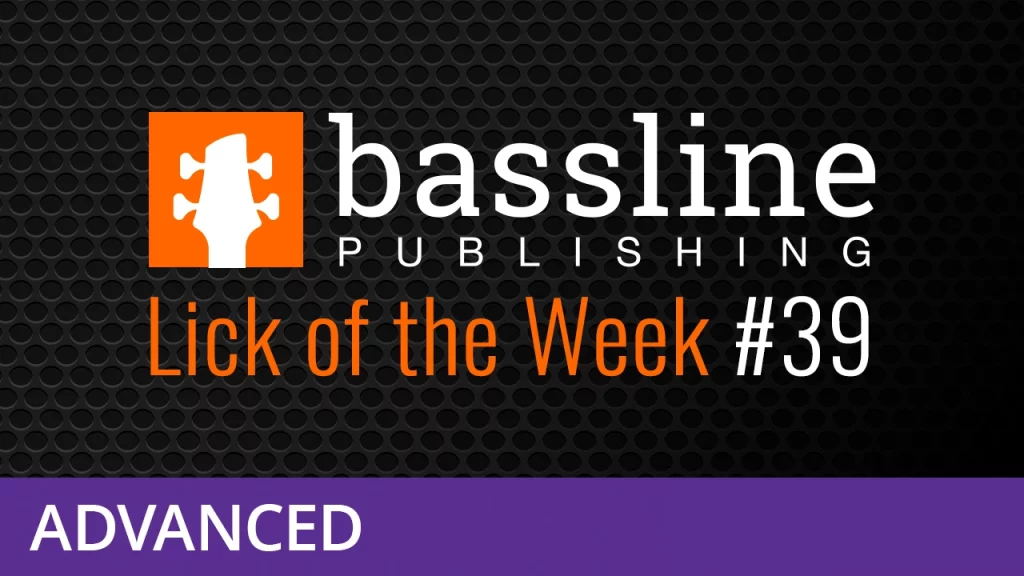Bass Lick of the Week #46
Course Duration: | Difficulty Level: 5
This week’s exercise is a fingerstyle funk line that works over a D7 chord. This is a challenging, semiquaver-based line that is heavy on chord tones, but it’s great to play once you get it down.
Like all good basslines, this one features chord tones extensively. In the first bar, the root note (D), is played on the first beat, followed by the major third (F#) on the second beat. From the F# the line then ascends to the fifth (A), using a chromatic movement that is commonly used in basslines from all genres. The seventh of the chord (C) is also used in the fourth beat. Note that this first bar consists of almost continuous semiquavers, with just one rest at the beginning of the third beat. Consequently, this is a tough line to play, particularly since you’ll also need to be adept at switching between pitched notes and ghost notes. Practice slowly to begin with, concentrating on the correct placement of the notes - the syncopated note placements in the second and third beats can be particularly tricky.
The second bar is identical to the first, and the third differs only at the end of the fourth beat. At this point, you’ll need to move quickly up the neck to play the double chromatic approach notes to the F# at the eleventh fret of the G-string. Once there (at the beginning of the fourth bar), you’ll play an open D, then play chromatic approach notes to the D at the twelfth fret of the D-string. This sequence is then repeated: open D-string, then double chromatic approach notes to the A, open D-string, then double chromatic approaches to the lower F#. The open D serves a dual purpose here: it’s the root note of the chord, but being an open string, it also offers the opportunity to perform position shifts, a common reason to chose an open string over a fretted note.
This line was recorded on a Zon Sonus bass strung with new Rotosounds. I favoured the bridge pickup slightly for a punchier tone, and added a little compression digitally after recording.
To download the backing track and PDF worksheet for this exercise, please visit the Free Stuff section of the website.




